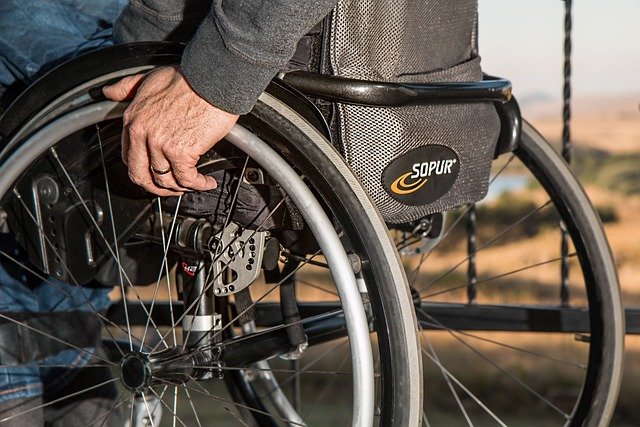Tracker Pro 175 — Product Overview, Specifications, and Care Guide
The Tracker Pro 175 is a compact aluminum fishing boat recognized for its practical layout, shallow-draft capability, and easy trailering. This guide explains how the boat is typically used, what specifications to expect (which can vary by model year), common features and options, and how to care for it across seasons.

The Tracker Pro 175 name commonly refers to a 17-foot-class aluminum fishing boat favored by freshwater anglers for its stability, efficient layout, and approachable handling. While details vary by model year and regional packages, the platform generally emphasizes roomy casting decks, integrated storage, a practical livewell, and outboard efficiency suited to lakes, reservoirs, and slow-moving rivers. Owners often value its ease of towing with mid-size vehicles and straightforward upkeep compared with larger fiberglass boats.
Product overview and intended use
The Pro 175 is designed around day fishing and casual cruising in protected waters. Its shallow draft helps with access to coves, stump fields, and shorelines, and the hull form aims to balance stability at rest with predictable handling underway. Typical layouts include forward and aft casting decks, a center or side console with simple gauges, and purpose-built storage for rods and tackle. Many packages include a foot-controlled bow-mount trolling motor and a livewell to support bass, crappie, or panfish outings. It is generally intended for two to three active anglers, with extra seating for an additional passenger depending on configuration.
Key specifications and performance
Exact specifications depend on model year and trim, but commonly published figures for recent versions place overall length around 17–18 feet with a beam near 7–7.5 feet. Construction typically uses riveted or welded aluminum with marine-grade decks and non-slip surfaces. Maximum horsepower is often rated in the 60–75 hp range, supporting efficient cruising and holeshot for typical freshwater use. Fuel capacity frequently falls in the 20–25 gallon range, offering a full day on the water for most anglers when paired with a modern four-stroke outboard. Performance will vary with load, propeller selection, altitude, and water conditions; many owners pursue prop tuning and weight distribution to optimize planing and midrange efficiency. Always verify exact specifications for your specific hull and year.
Standard features and available options
Common standard equipment includes a divided, aerated livewell with timer, bilge pump, navigation lights, basic gauges (tachometer, fuel), and lockable rod storage. Many factory packages pre-rig a bow trolling motor, a small fishfinder at the console or bow, and a matched single-axle trailer with tie-downs. Deck surfaces may be carpeted or feature marine-grade vinyl, and seating typically includes fold-down fishing chairs plus driver and passenger seats. Depending on model year or package, available options often include upgraded sonar/GPS units, higher-thrust trolling motors, additional batteries for 24V systems, onboard smart chargers, a bimini for shade, auto-bilge, interior lighting, and expanded storage accessories like tackle organizers. Electronics wiring harnesses are usually routed to simplify aftermarket upgrades without extensive rewiring.
Maintenance, storage, and seasonal care
Routine care starts with rinsing and drying after each outing, especially if the boat sees brackish or saltwater. Inspect the hull for scuffs, loose fasteners, or sealant wear, and check the transom hardware, trolling motor mount, and cleats for tightness. Keep hinges and latches lubricated, vacuum debris from compartments, and periodically sanitize the livewell to prevent odors. Follow the outboard manufacturer’s service schedule for oil and filter changes, gear-lube replacement, water-pump impeller inspection, and spark plug checks. Maintain batteries by keeping terminals clean, charging after use, and using an onboard multi-bank charger when stored. For the trailer, check tire pressure, tread, and date codes; repack or replace wheel bearings as recommended; and verify lights and safety chains are functional.
For seasonal storage, remove perishables, open compartments to ventilate, and use a fitted cover that sheds water yet allows airflow. In freezing climates, stabilize the fuel, run the engine to circulate treated fuel, fog as directed by the outboard manufacturer, and drain or protect livewell and bilge lines. Store with the bow slightly elevated to promote drainage and reduce moisture accumulation. If possible, relieve long-term weight on trailer tires with jack stands, and recharge batteries periodically to prevent sulfation.
Buying tips, safety guidelines, and recommended accessories
When inspecting a Pro 175 on the showroom floor or pre-owned market, review the hull exterior for dents or creases, look for corrosion or sealant gaps around rivets or welds, and ensure the deck feels solid underfoot. Test all electrical accessories, pumps, lights, and the fishfinder. For powered models, ask for maintenance records, verify hours on the engine, check compression if appropriate, and confirm smooth shifting and steering. A water test can reveal holeshot, planing behavior, and any unusual vibrations that might suggest prop or engine height adjustments.
Safety preparation should reflect local regulations: carry properly sized life jackets for all aboard, a throwable device where required, a fire extinguisher rated for marine use, an audible signaling device (horn or whistle), navigation lights in working order, and an anchor with sufficient rode for your waters. Consider a first-aid kit, paddle, and a basic tool and spare-parts kit including fuses, bulbs, and a prop wrench. Useful accessories for this platform include quality deep-cycle batteries matched to the trolling motor, an onboard smart charger, a spare propeller suited to the engine’s recommended RPM range, fenders and dock lines, a transom saver for trailering (if specified by your engine manufacturer), and upgraded sonar/GPS tailored to your fishing needs. Secure with transom tie-downs, verify the winch strap and safety chain, and always follow local trailering and boating rules.
In summary, the Tracker Pro 175 combines a practical aluminum hull, fish-focused layout, and manageable size that suits a wide range of freshwater angling. With attention to accurate specifications for your year and package, thoughtful maintenance, and sensible safety gear, it can deliver reliable, enjoyable days on the water in a variety of conditions.




